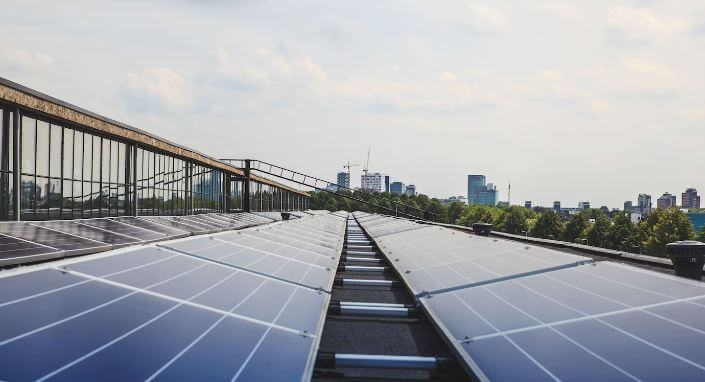Solar panels have become the cheapest way to produce power. Rooftop solar produced 11% of Australia’s electricity in 2023, with over 3.5 million rooftop solar installations nation-wide.
Meanwhile in China, their Whole-Country-Rooftop-Solar policy led to an added 56GW of rooftop solar capacity in 2022, roughly equivalent to Australia’s total installed capacity. Late last year, Bloomberg New Energy Finance described cheap solar as a “turning point” in the net zero transition.
In the US, though, the rooftop solar roll-out isn’t going so smoothly. A Thursday exposé in Time claimed its rooftop solar industry “could be on the verge of collapse.”
The most prominent case is California-based Sunpower. Once worth over US $6 billion in 2021, the rooftop solar giant slumped to $500m in market capitalisation on Friday, after defaulting on US$300m in loans to the likes of Bank of America, Citi and JPMorgan.
Another such case is Sunnova, which is now worth US $1.2 billion and sitting at 80% below its 2021 highs. Sunrun, worth US $3 billion, is 90% below where it was in 2021.

As a result, California is seeing lay-offs of solar installers and some manufacturers are actually downsizing. In the middle of a worldwide rapid net-zero transition, how could this have happened?
Wall Street is all over the solar roll-out in the States. Customers take on debt to fund the solar installation and the finance industry makes a sub-prime loan out of the contract.
The resulting loans are collateralized, or bundled together, and then sold as an investment product. Even the new Biden administration tax write-off for renewable installation can be sold on to other companies.
At the ground level, door-to-door salespeople prey on the gullible and reportedly make $7,000-$10,000 in commission per sale. Contracts are shown to customers on tablets and can be sealed by touching a screen. Some have signed up without realising they agreed to a lien on their house or 20-plus years of interest repayments.
As we know from 2007, when the sales incentives are high, dodgy deals are done and eventually people stop being able to pay the money back. An October report had 5% of one companies’ loans in delinquency. “It’s a debt Ponzi,” one researcher told Forbes. “They perpetually issue more debt to fund these projects that don’t generate the cash they say.”
The US’s ability to goof up one of the most consequential technological advances confirms a long-standing truth about the country: its economy never lacks for grifters.
Article image courtesy @joenevdw and feature image courtesy @blunkorama via Unsplash.
Sign Up To Our Free Newsletter